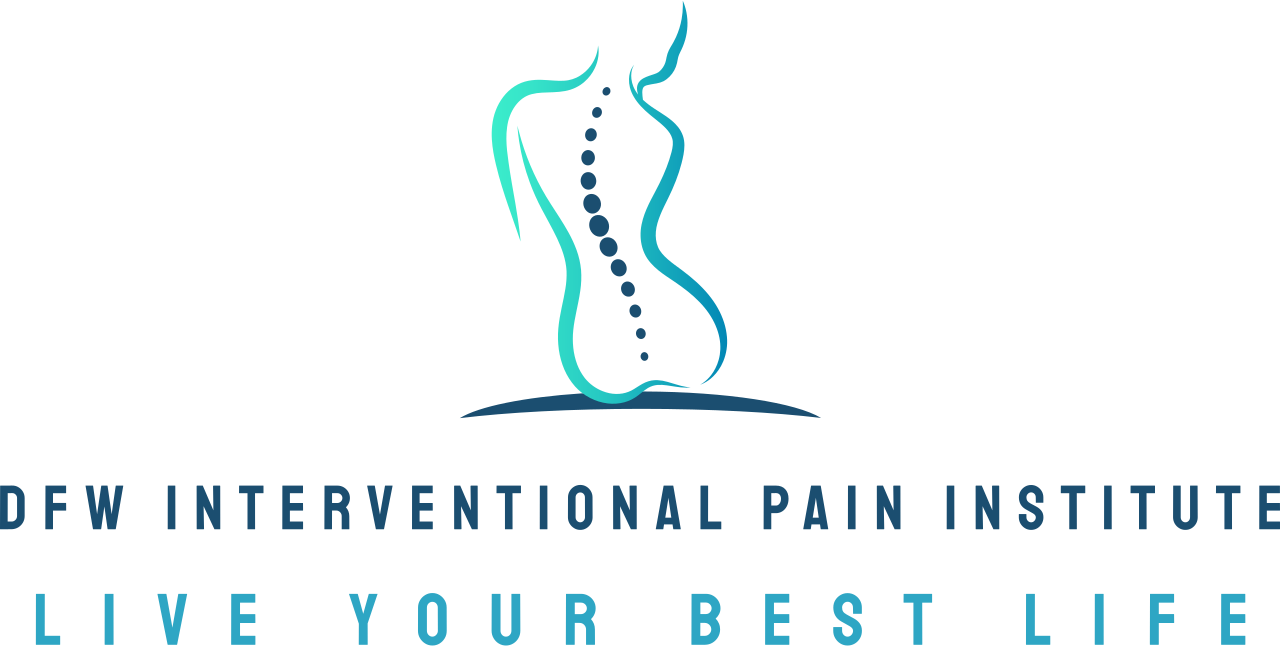Understanding the differences between osteoarthritis and arthritis
Arthritis is a term that many of us have heard but may not fully understand. With millions of adults affected worldwide, it's crucial to grasp what arthritis entails and how it can impact daily life. This blog post dives deep into the world of arthritis, focusing on the differences between osteoarthritis and other forms of arthritis. Whether you're a health-conscious adult or someone who is considering meeting with a pain management specialist, this guide aims to provide clear and practical information on these conditions.
Understanding arthritis
Arthritis is a general term used to describe inflammation and pain in the joints. There are more than 100 types of arthritis, affecting millions of people globally. The most common types include rheumatoid arthritis, psoriatic arthritis and osteoarthritis. While each type has its own unique characteristics, they all share common symptoms such as joint pain, swelling and stiffness.
Arthritis is prevalent among adults, especially those aged 65 and older. However, it can affect people of all ages, including children. The condition can significantly impact quality of life, making everyday tasks challenging and painful.
What is osteoarthritis?
Osteoarthritis is the most common form of arthritis, affecting millions worldwide. In short, osteoarthritis is just a type of arthritis. It occurs when the protective cartilage that cushions the ends of your bones wears down over time. This wear and tear can lead to pain, swelling and reduced motion in the affected joints.
The primary cause of osteoarthritis is the degeneration of joint cartilage due to aging. However, other factors such as obesity, joint injuries and genetics can also contribute to its development. Symptoms often develop slowly and worsen over time, making early diagnosis and management crucial.
Common symptoms of osteoarthritis include joint pain, stiffness, tenderness and loss of flexibility. These symptoms can vary in severity and may affect different joints, including the knees, hips, hands and spine.
Treatment options for osteoarthritis focus on managing symptoms and improving joint function. They may include medications, physical therapy, lifestyle changes, and in severe cases, surgical interventions. Early intervention and proper management can help alleviate pain and improve the quality of life for those with osteoarthritis.
How arthritis and osteoarthritis differ
While osteoarthritis is a type of arthritis, it's essential to understand how it differs from other forms. The primary difference lies in the causes and nature of the joint damage.
Osteoarthritis is a degenerative joint disease caused by the breakdown of cartilage due to aging and wear and tear. In contrast, other forms of arthritis, such as rheumatoid arthritis, are autoimmune conditions where the immune system mistakenly attacks the joints.
The symptoms of osteoarthritis and other forms of arthritis can also vary. Osteoarthritis typically causes pain and stiffness in the joints, particularly after periods of inactivity or overuse. Rheumatoid arthritis, on the other hand, often causes more severe inflammation, swelling, and joint deformities.
Treatment approaches also differ. Osteoarthritis treatment focuses on managing symptoms and improving joint function, while treatments for autoimmune forms of arthritis may include immune-suppressing medications to reduce inflammation and prevent joint damage.
Understanding these differences is crucial for proper diagnosis and treatment. If you suspect you have arthritis, consulting with a healthcare professional can help determine the type and best course of action.
When should you consider seeing a pain management doctor for arthritis?
When arthritis pain becomes chronic or significantly impacts daily life, it may be time to consult with a pain management doctor like Dr. Edrick Lopez. Chronic pain is defined as pain that persists for three months or longer, despite efforts to alleviate it through conventional treatments. If you find that over-the-counter medications, rest and home remedies are no longer effective, a pain management specialist can offer advanced treatment options tailored to your specific needs. Dr. Lopez can help devise a comprehensive plan that includes medications, physical therapies and possibly interventional techniques to improve your quality of life.
Another big indication that you should see a pain management doctor is if your pain is severely limiting your mobility and daily activities. Arthritis can make even the simplest tasks, such as walking, climbing stairs or holding objects, exceedingly painful. This limitation can lead to a decreased quality of life, affecting your ability to work, socialize and enjoy hobbies. Dr. Lopez specializes in understanding the complexities of chronic pain and can provide treatments aimed not just at pain relief but also at restoring function and enhancing mobility. By addressing the underlying issues and creating a personalized treatment plan, our team at DFW Interventional Pain Institute can help you regain independence and get back to living your best life.
If you're experiencing significant emotional distress due to your arthritis pain, seeking the expertise of a pain management doctor is especially important. Chronic pain is not just a physical experience; it can lead to emotional and psychological challenges, including anxiety and depression. Dr. Lopez and other pain specialists are equipped to address the multifaceted nature of chronic pain, incorporating holistic approaches that may include psychological support, cognitive-behavioral therapy and stress management techniques. By treating both the physical and emotional aspects of arthritis pain, a pain management doctor can help you achieve a more balanced and satisfying life.
How we approach treating osteoarthritis at DFW Interventional Pain Institute
At DFW Interventional Pain Institute, Dr. Edrick Lopez employs a multifaceted approach to treating osteoarthritis, designed to address pain, improve joint function, and enhance the patient's overall quality of life. One of the primary treatment strategies Dr. Lopez might recommend is a combination of over-the-counter and prescription medications. These may include nonsteroidal anti-inflammatory drugs (NSAIDs) to reduce inflammation and relieve pain, or corticosteroids for more severe cases. Additionally, Dr. Lopez might suggest topical treatments that can be applied directly to the affected areas for localized relief. Each medication plan is tailored to the patient's specific symptoms and overall health profile to maximize efficacy while minimizing potential side effects.
Physical therapy constitutes another cornerstone of Dr. Lopez's approach to managing osteoarthritis. Customized exercise programs are developed to strengthen the muscles around the affected joints, improve flexibility and enhance range of motion. These exercises may include low-impact activities such as swimming or cycling, which are easier on the joints while still providing cardiovascular benefits. Additionally, Dr. Lopez might incorporate modalities such as ultrasound or electrical nerve stimulation to complement the physical therapy regimen, aiming to reduce pain and promote tissue healing.
In more advanced cases of osteoarthritis where conservative treatments have not provided sufficient relief, Dr. Lopez might explore interventional techniques. These can include joint injections with hyaluronic acid to lubricate the joint and improve its function or platelet-rich plasma (PRP) therapy to promote healing using the patient’s blood components. For patients experiencing chronic and disabling pain, nerve blocks or radiofrequency ablation may also be considered to disrupt pain signals and provide longer-lasting relief. Through these advanced interventional methods, Dr. Lopez aims to significantly reduce pain levels, thereby enhancing mobility and allowing patients to engage more fully in their daily activities.
The future of arthritis treatment
Advancements in medical research continue to improve our understanding of arthritis and osteoarthritis, leading to new and innovative treatments. Some promising areas of research include:
Regenerative medicine
Research into regenerative medicine, including stem cell therapy and tissue engineering, holds promise for repairing damaged joint tissues and potentially reversing the effects of arthritis and osteoarthritis.
Anti-inflammatory treatments
Developing new anti-inflammatory medications and therapies can help reduce inflammation and pain associated with arthritis. These treatments aim to target specific inflammatory pathways to provide more effective relief.
Wearable technology
Innovations in wearable technology, such as smart braces and joint supports, can help monitor joint health, provide real-time feedback and support rehabilitation efforts. These devices can enhance the management of arthritis and osteoarthritis.
Personalized medicine
Advancements in genetic research and personalized medicine offer the potential for tailored treatments based on an individual's genetic makeup and specific type of arthritis. This approach aims to provide more precise and effective treatments.
If you're struggling with chronic pain from arthritis, DFW Interventional Pain Institute can help
Arthritis is a very common condition that can significantly impact daily life if left untreated. Understanding how you can live your best life by managing your arthritis pain can significantly improve your overall quality of life, and you don't have to do it alone.
By adopting healthy lifestyle changes, seeking medical treatment and staying informed about ongoing research and advancements, individuals with arthritis and osteoarthritis can improve their quality of life and better manage their condition.
If you or someone you know is struggling with arthritis or osteoarthritis, reach out to our team at DFW Interventional Pain Institute for personalized care and support. Sharing this information can also help others who may benefit from understanding these conditions better.
Stay informed, stay active and take proactive steps to manage arthritis and osteoarthritis for a healthier, more fulfilling life. We'd love the opportunity to help you on your journey!

